According to a publication in the journal Planetary and Space Science, the research team led by independent astronomer Jayanth Chennamangalam believes that over billions of years, Earth's only natural satellite has accumulated metal-rich material from countless colliding asteroids.
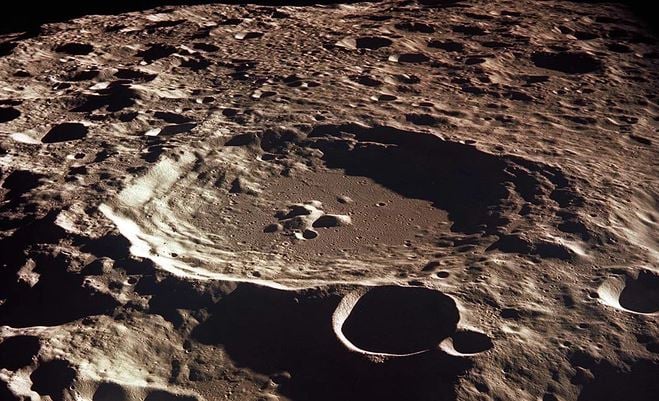
Impact craters on the surface of the Moon may hide great treasures - Photo: NASA
In contrast to Earth, where most of the precious metals have sunk deep into the Moon’s core, the Moon’s “bare” surface, unprotected by a thick atmosphere, is a natural repository. Meteorite impacts have left behind numerous craters, many of which may contain precious metals such as platinum, palladium and rhodium.
Not only that, the study also pointed out about 3,400 other impact craters that are likely to contain water in the form of hydrated minerals. This is considered a strategic resource, serving future projects of building bases and direct exploitation on the Moon.
While metal-rich asteroids like Psyche, thought to be the leftover core of a failed planet, promise vast reserves of gold and platinum, reaching the Moon remains a much more viable option. Its proximity, low cost, and readily available technology make mining the Moon a viable option.
Scientists believe that if these hypotheses are proven, the Moon will not only be a springboard for interplanetary travel, but also become a "space treasure mine" in the era of human space exploration.
Source: https://doanhnghiepvn.vn/cong-nghe/kho-bau-vu-tru-voi-hang-ngan-ho-va-cham-chua-kim-loai-quy-tren-mat-trang/20250930084126527



![[Infographic] Notable numbers after 3 months of "reorganizing the country"](https://vphoto.vietnam.vn/thumb/1200x675/vietnam/resource/IMAGE/2025/10/4/ce8bb72c722348e09e942d04f0dd9729)


![[Photo] Students of Binh Minh Primary School enjoy the full moon festival, receiving the joys of childhood](https://vphoto.vietnam.vn/thumb/1200x675/vietnam/resource/IMAGE/2025/10/3/8cf8abef22fe4471be400a818912cb85)

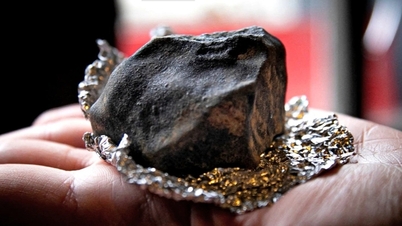





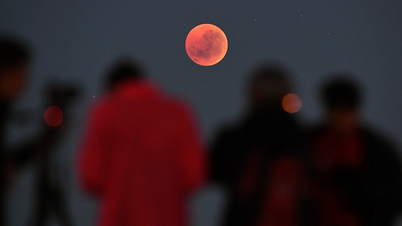




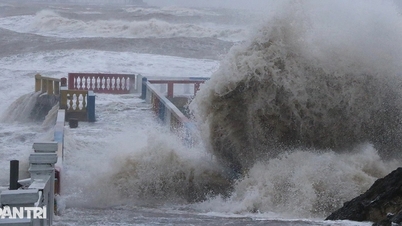
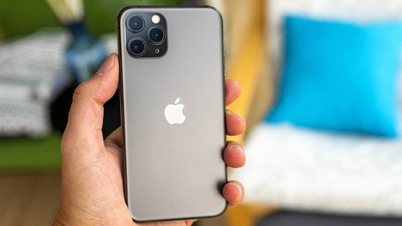
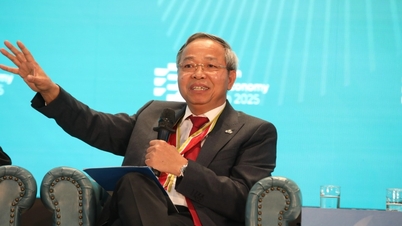
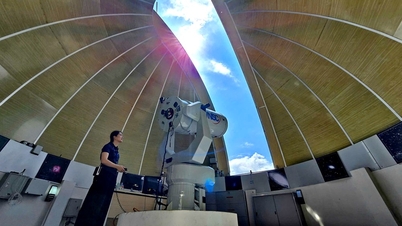







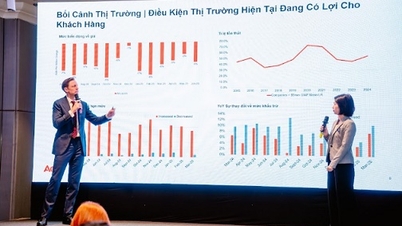
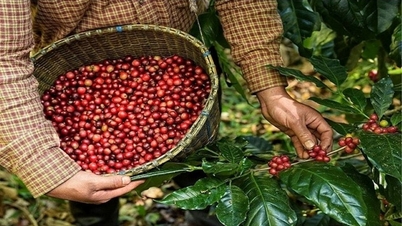


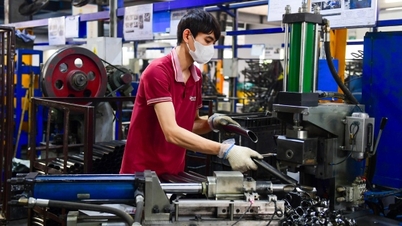
![[Photo] Prime Minister Pham Minh Chinh chairs meeting to deploy overcoming consequences of storm No. 10](https://vphoto.vietnam.vn/thumb/1200x675/vietnam/resource/IMAGE/2025/10/3/544f420dcc844463898fcbef46247d16)









































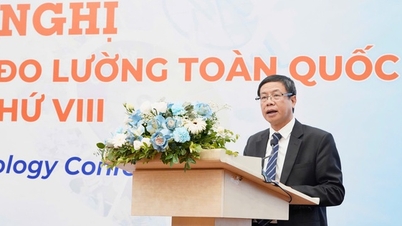




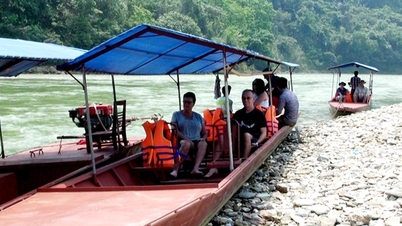






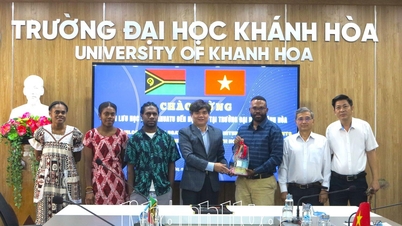

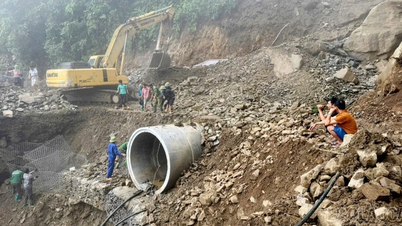

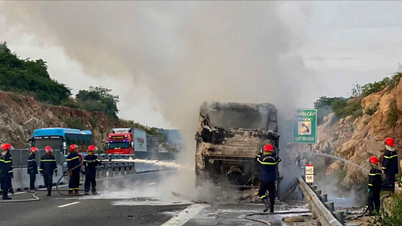

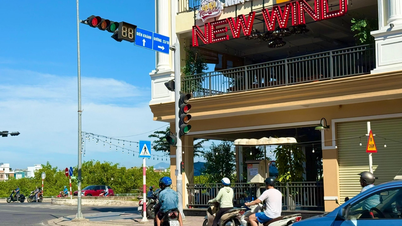













Comment (0)